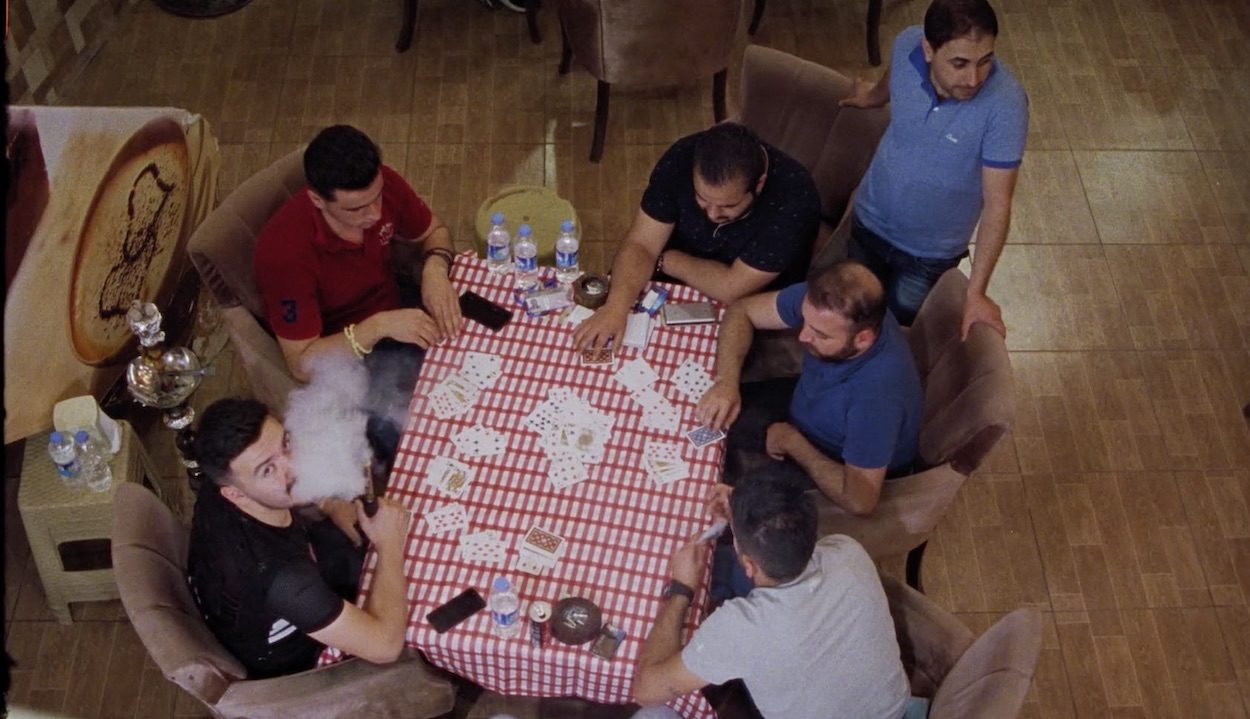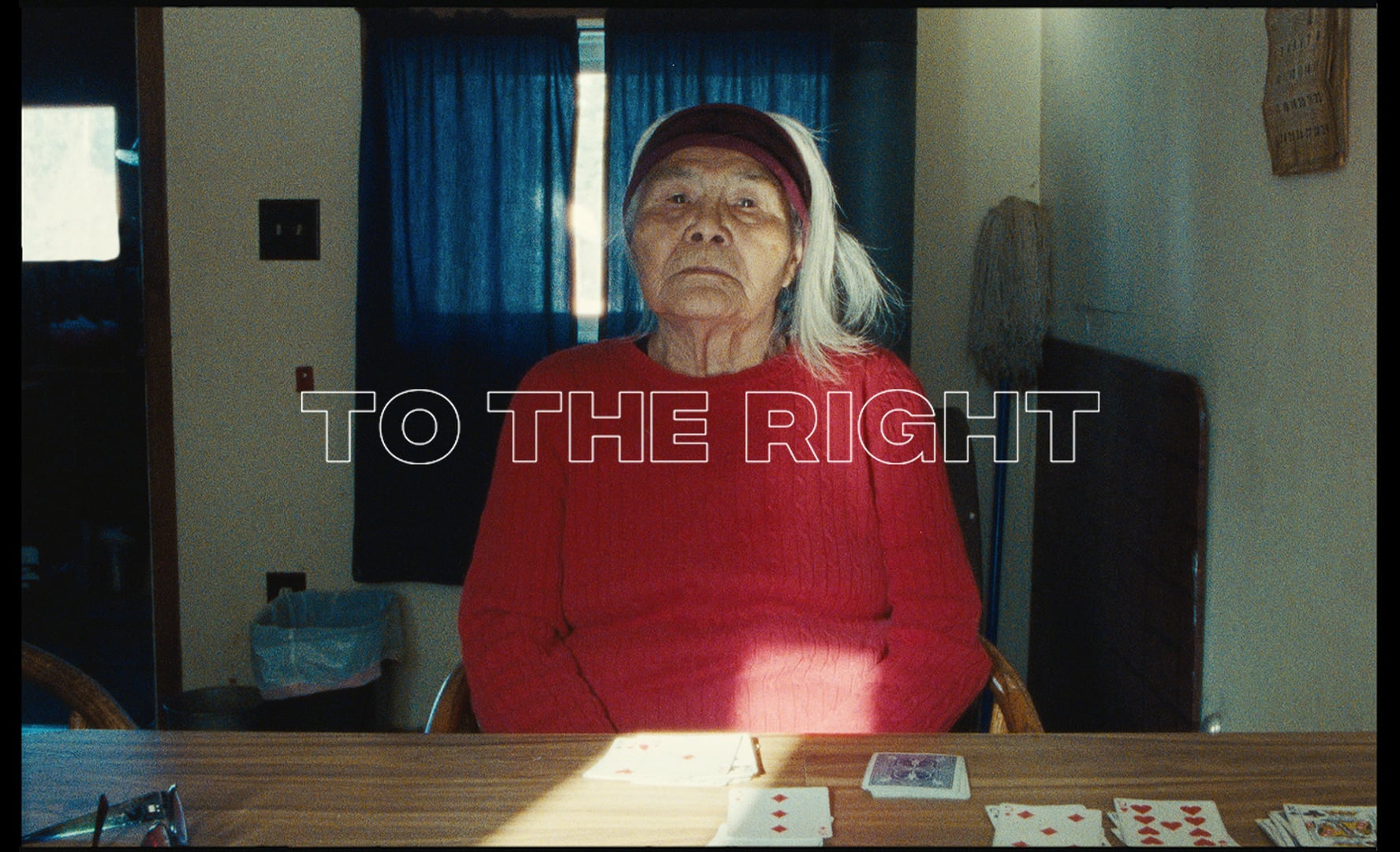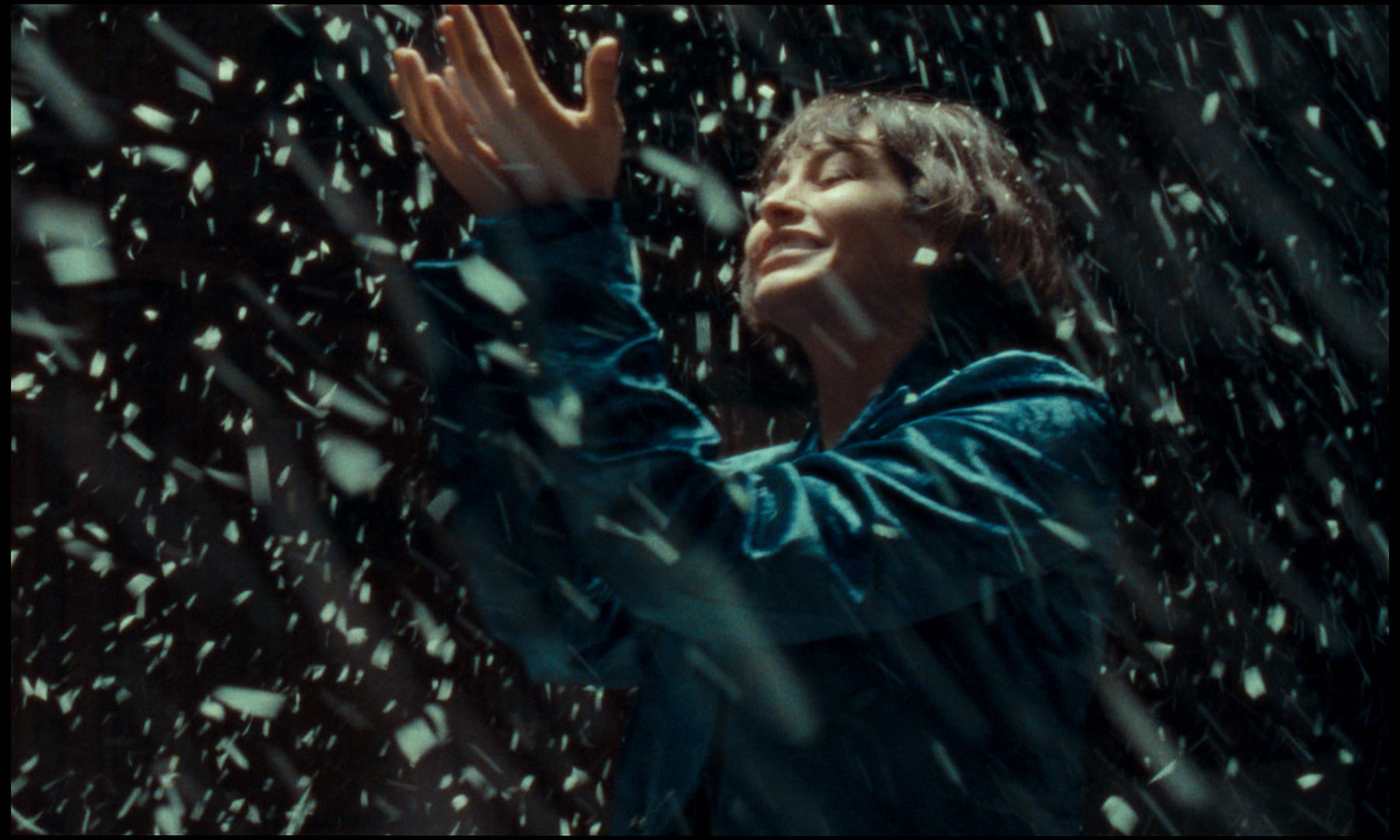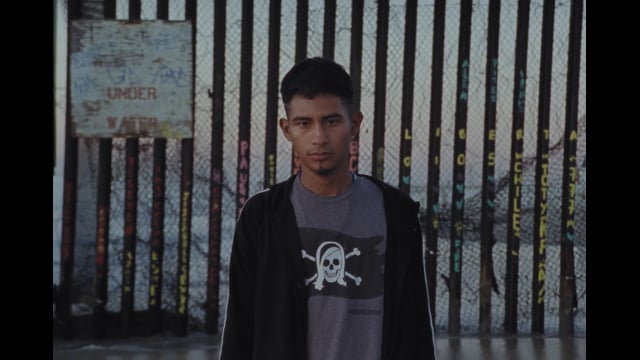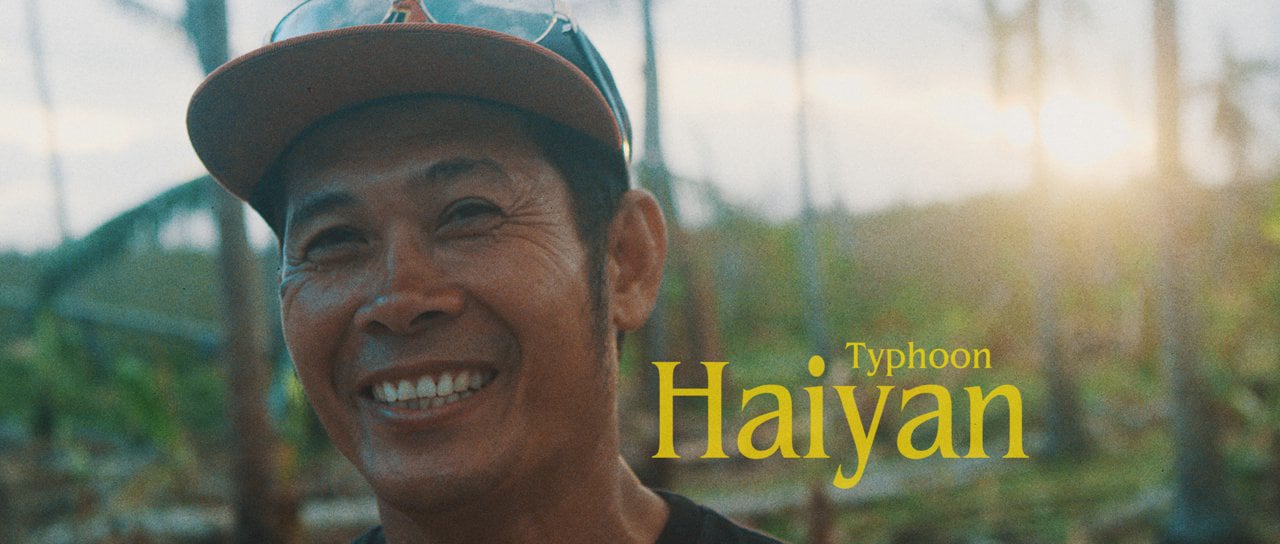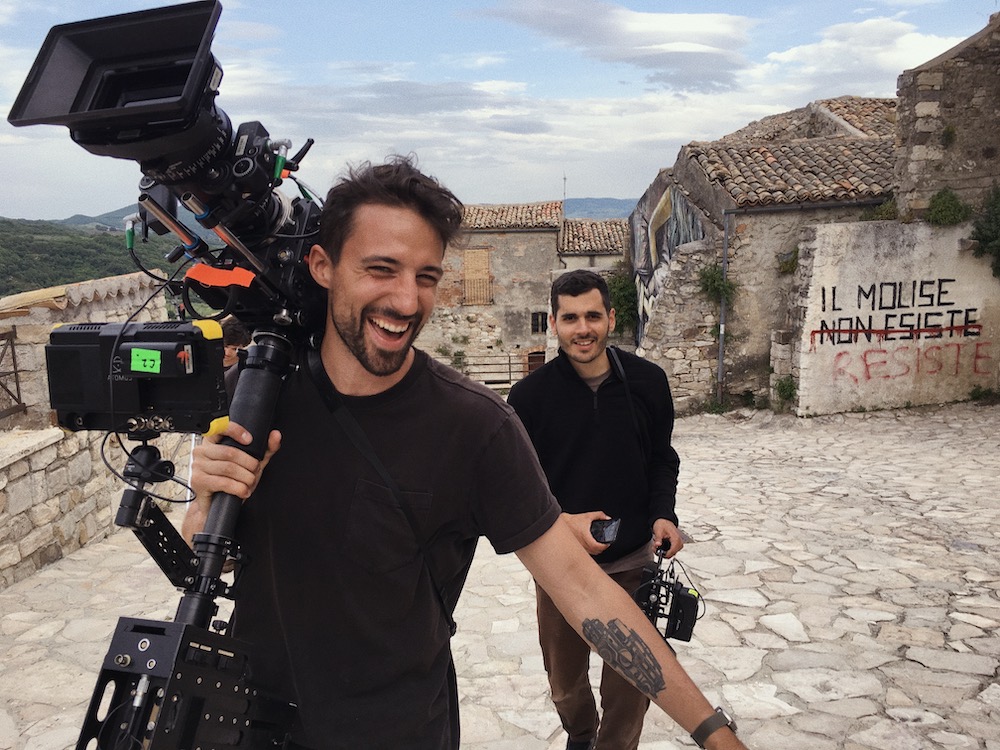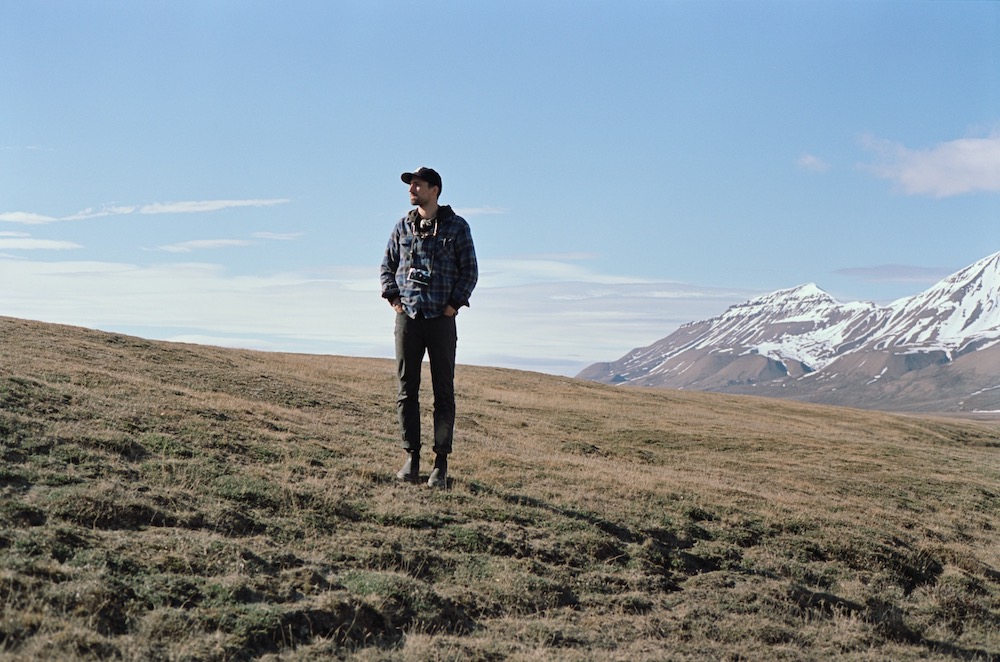What inspired your career as a director/DP and how did you start out?
From an early age, I always knew that I wanted to go on adventures. I envied explorers and astronauts; people who left home to go somewhere new and came back with a story to tell.
In my early 20s, I had the chance to leave North America for the first time on a film trip and my mind was absolutely blown. I realised then that a camera was my ticket to see the world, providing me with opportunities to experience the things I had always dreamed of.
Over the next five years, I worked in 40 countries on six continents (still missing Australia), and came out the other side a much different person from who I was when I started. Since then, filmmaking has become much more than just a means to travel; it has evolved into a medium through which I can express what I’m learning.
What role/responsibility do you think filmmakers carry and where do you see yourself in this mix?
This is actually something that I’ve been thinking about a lot lately… As filmmakers, we have the opportunity to be our film’s first viewer. We experience incredible moments on-set or in the field, and through the filmmaking process, we decide how we will present these experiences to a broader audience.
This makes us the eyes for our communities. It’s a privilege to decide where the camera is pointed and how the stories are told. This privilege comes with the weighted responsibility of creating work that contributes towards progress as a whole.
You’re from Seattle and now based in New York; have these cities impacted your way of viewing the world?
Having grown up in Seattle and now living in New York City, I feel like I’ve had the opportunity to experience something larger than myself in two very different ways.
In Seattle, situated between the Pacific Ocean and the Cascade mountains, it’s easy to feel like a tiny part of something big and beautiful. In New York City, surrounded by people from all over the world, it’s also pretty easy to feel like a tiny part of something much grander.
In my life, I’ve found that I need a healthy dose of nature and humanity, as they help to keep me balanced and inspired.
A lot of your work acts as a peephole into another world. How do you get such intimate access to your subjects?
I always approach the people that I’m filming as humans first and a filmmaker second. I’m much more interested in capturing a moment that feels real than I am in trying to create a real moment to capture.
I also think there has to be a certain level of trust established for anyone to feel comfortable being vulnerable on camera, and building trust takes time. Sometimes it’s not always possible to spend as much time as I’d like with someone before rolling, but the more time we have, the more honest things seem to feel.
You’ve travelled extensively and filmed all over the world for work; what sort of stories captivate you?
I’m very drawn to stories with humanity and emotion at their core; stories that you can feel.
I’ve also always felt strangely pulled towards stories in remote locations. I think there’s something pretty special in the collision between humanity and the environment –especially in extreme spaces.
You are able to get to the very core of your protagonists. What do you do to put your subjects at ease?
A lot of my work involves asking people to be vulnerable with me, so it’s only fair that I’m willing to be vulnerable with them as well.
I also try not to get too stuck behind a monitor on-set and instead work on being present, whether the camera is rolling or not.
Your work is very stunning aesthetically. What sort of planning do you do for a typical shoot?
For better or worse, I’m at my best when things feel real to me on-set. Most of my work as a young filmmaker was documentary-based, which definitely informs my process today.
Documentary filmmaking is wonderful because the world is already established, and it becomes the filmmaker’s job to observe, interpret and react to that world. Lately, I’m finding that the majority of the planning I do for a project goes into creating environments on-set that are conducive to this reactive style of filmmaking. Whether documentary or scripted, it’s important to me that everyone on-set feels surrounded by the story – it helps to ground the visuals.
I’ve also been fortunate to work with some incredible artists who have had a massive impact on the way my films look. Like many of us, I’ve worked every position on-set… and in shooting, editing, or colouring my projects, I could only take things so far.
Collaborating with other cinematographers, production designers, wardrobe stylists, editors, and colourists has had an undeniable influence on the visuals in my work.
You filmed both A Portrait of Iraq and To The Right on 16mm. What do you enjoy about this format?
I’ve been shooting stills on film for a while, but To The Right (TTR) was my first time exploring film as a medium in my motion work. Since TTR, I’ve fallen in love with shooting on film, and honestly struggle to think of a project that I’d want to shoot digitally.
In some ways, I feel like celluloid is a lot like the people that I’m drawn to; it’s honest, it’s surprising, it’s real, it’s beautiful because of its flaws and not in spite of them. 1’s and 0’s haven’t been apart of the way humans have interacted with each other throughout most of history, and when possible, I’d like to eliminate them from the way I capture images.
Do you prefer working with a team you’ve worked with before or are you happy working with new talents – Do you think it affects your process or output?
I’m always looking to work with people who are willing to invest a piece of themselves into a project; often I feel most comfortable to be vulnerable when I know I can trust the people around me. That said, I’m eager to continue expanding this team of people and am keen to make new relationships as part of my process.
Which piece of work are you most proud of and why?
To The Right definitely has a special place in my heart. For me, it will always serve as a reminder about the importance of getting out of the way and letting a film become what it wants to be.
Andy Catarisano, the film’s DP, and I travelled to Alaska to meet Lena, the 88-year-old Alaskan Native featured, with a shot list and game plan in place. We had heard stories of Lena’s Iditarod races and -40 degree bear hunts and were fully prepared to spend a week following Lena through the remote Alaskan wilderness. The evening we met Lena, however, she asked that we film her primarily in her home, as it was becoming increasingly difficult for her to manoeuvre the snow at her age.
After saying goodbye to Lena for the night, Andy and I had a long conversation about how we’d proceed in the subsequent days, culminating in the decision to get out of the way and embrace Lena’s story exactly as it was. The film that evolved from that decision – the story of a powerful woman who consciously decides to find joy in her present moment – became something far more significant than I could have written myself.
Letting go can feel like I’m free falling, but I’m learning that, at least for me, directing is far more about listening than it is about presenting what I want to say.
Are you represented by a production company and if not, would you consider representation?
I’ve just signed with Farm League for commercial/ branded representation in the US. I’m really excited about the opportunity to work with Tim Lynch and the legendary FL team in the New Year.
Interview: Olivia Atkins
